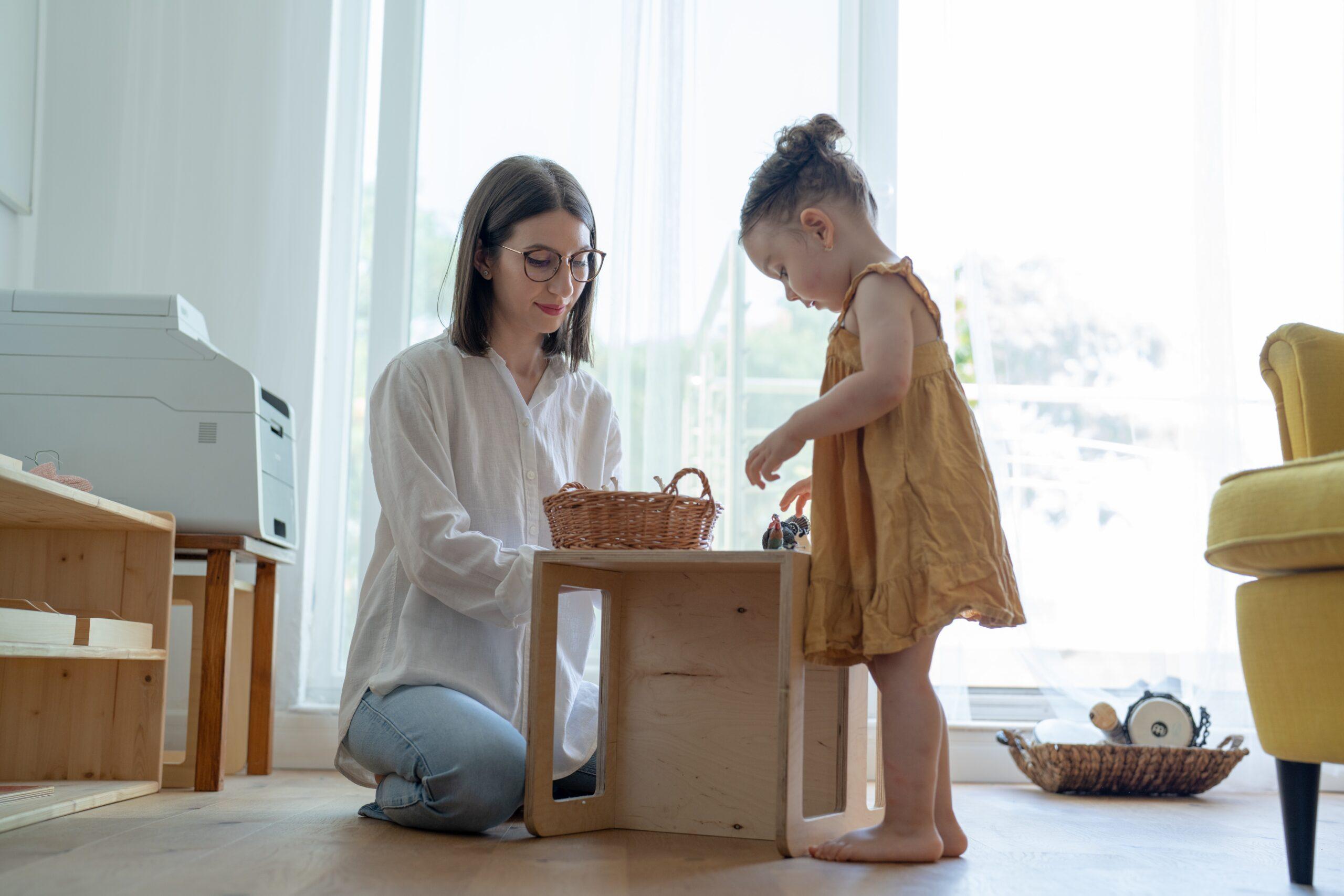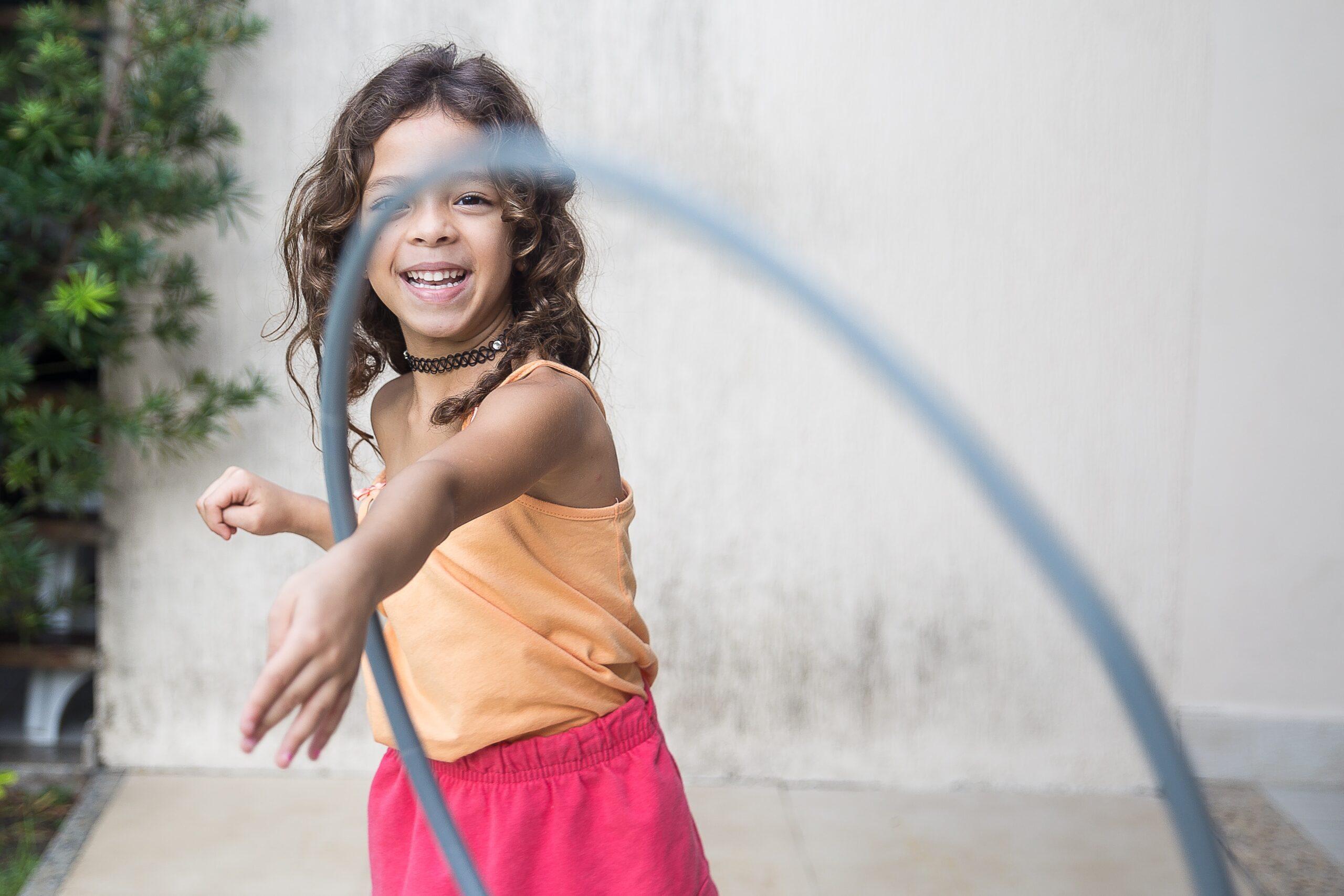Every parent of a special needs child knows the benefits of traditional occupational therapy (OT) and physical therapy (PT) services. But, treatment options for kids with ADHD, autism, cerebral palsy, Down syndrome, generalized delay and various other diagnoses have broadened recently. More and more holistic or nontraditional approaches are being integrated within traditional OT and PT sessions in order to treat the “whole child.” For example, yoga, sensory integration therapy and listening/music programs have become quite popular and may yield tremendous benefits for your child.
Therapy is a give and take relationship between a child and therapist. Sometimes the child leads and the therapist responds; other times, the therapist leads and the child responds. A skilled therapist creates a playful environment that motivates the child by building on the child’s interests. A skilled therapist also uses a blended approach by combining traditional therapy with nontraditional practices to effectively treat children with special needs.
Yoga
Yoga is an ancient Hindu practice that can be traced back 5,000 years. Yoga means the union of the body, mind and spirit. Yoga uses movements, breathing, relaxation and meditation to teach kids how to cope in stressful situations in a calm and confident way. Teaching yoga to children is a great way to build self-esteem and self-awareness, as well as to increase strength, flexibility and concentration. Children generally consider yoga fun, which is ideal for stimulating creativity.
Therapeutic yoga is especially great for children with learning difficulties and motor problems. Yoga can improve posture, body awareness, balance, coordination and breathing. Yoga can be used to address all aspects of a child’s development or it can target specific weaknesses. A qualified instructor can create a program for your child’s personal needs. It is recommended that children with significant motor, cognitive or sensory problems have one-on-one rather than group yoga sessions.
When thinking about introducing your special needs child to yoga, find an instructor who is specifically trained. An occupational or physical therapist who is also a registered yoga teacher is an excellent choice. A well-known course is Yoga for the Special Child, developed by Sonia Sumar, a yoga expert and mother of a special needs child. Sumar offers a lengthy and comprehensive certification program for therapists. Ask your child’s therapist whether he or she is certified in Yoga for the Special Child. Yoga offered by a therapist might even be covered by your insurance company.
Sensory Integration
Most of us are familiar with the four basic senses— sight, sound, smell and taste. Our complicated sensory system also detects information received from other senses, including touch, movement, body position, pressure, pain and temperature. All of our senses must work together in order for us to interact successfully with our environment. Some children have problems integrating and regulating information received from these senses. These kids are hyper or hypo reactive, cannot focus on tasks, have motor coordination and balance problems, have poor behavior and social skills, and sometimes have learning disabilities.
Sensory integration therapy was developed to help children organize their senses. Such therapy involves games, toys and activities that stimulate and challenge certain senses to help the child succeed. An occupational or physical therapist trained in sensory integration techniques can prescribe a sensory diet. A sensory diet is a set of activities that parents, therapists and teachers incorporate into a child’s daily routine.
When searching for a skilled sensory integration therapist, look for a therapist who is SIPT trained. SIPT is a collection of tests developed by an occupational therapist. It is an excellent tool for measuring sensory integration and motor planning problems. Consider centers that have sensory gyms with proper equipment, like swings, hammocks, tunnels, spandex, large bean bags, cushions, weighted vests and thera-balls. The equipment is designed to stimulate, calm, challenge or provide input to muscles and joints.
Listening/Music Programs
The act of listening is vital to our daily lives and involves the whole brain and body. The ears receive messages from the body and the environment. They control balance, body movements, speech, language, attention, mood, learning and behavior. When listening does not develop well, all other senses are affected, leading to disability. Various listening and music therapy programs may strengthen the auditory system to improve a child’s speech, learning, attention, behavior and motor skills. The two most common such therapies include The Listen Program® and Therapeutic Listening®.
- The Listening Program: Believed to exercise the tiny muscles in the ears and build pathways in the brain to improve auditory processing, this program uses specialized CDs to deliver 15-minute listening sessions. Children listen to two sessions daily for a total of 30 minutes, five days a week for two to four months, or longer if necessary. Played in a low volume through headphones, the music is mainly in the classical genre, interjected by nature sounds at various treatment settings. Many kids show improvement within the first few weeks.
- Therapeutic Listening: Therapeutic listening uses CDs that vary in musical style and complexity to improve the auditory system. The difference between this program and other listening programs is the emphasis placed on incorporating the CDs into sensory integration treatment sessions. Thus, kids engage in active rather than passive listening. Improvement in attention, behavior, posture, speech and learning is expected. Trained therapists use the CDs to arrange programs for kids in homes, schools and clinics.
These two programs are suitable for clinic, home and school use. For best results, contact a therapist who is certified and trained in these specific programs. An occupational therapist who can integrate the music CDs into OT sessions to maximize your child’s outcomes is ideal.
Yoga, sensory integration and listening/music programs should not be used as replacements for traditional therapies recommended by your doctor or therapist. Always consult with a physician before beginning any new program for your child.




